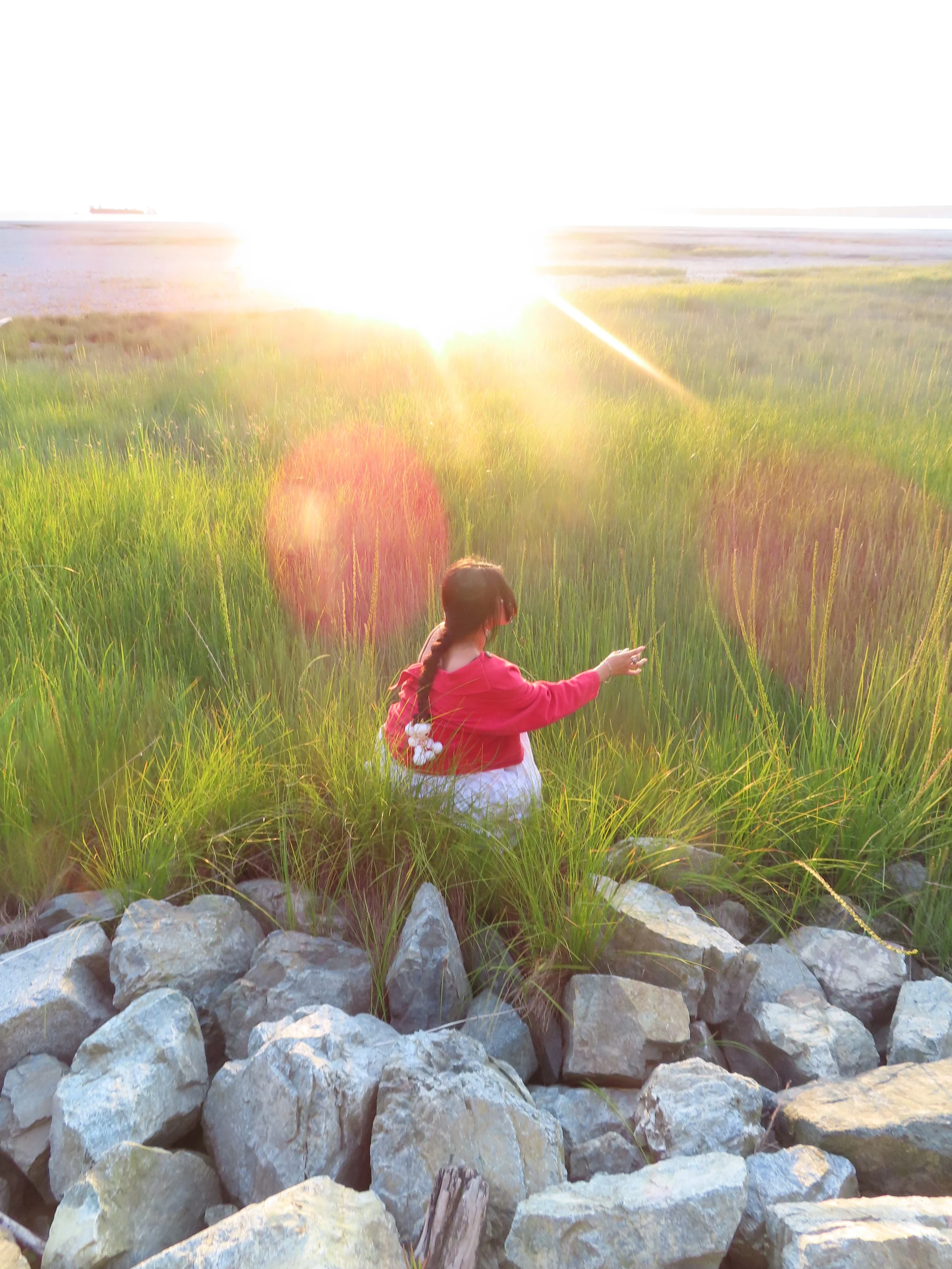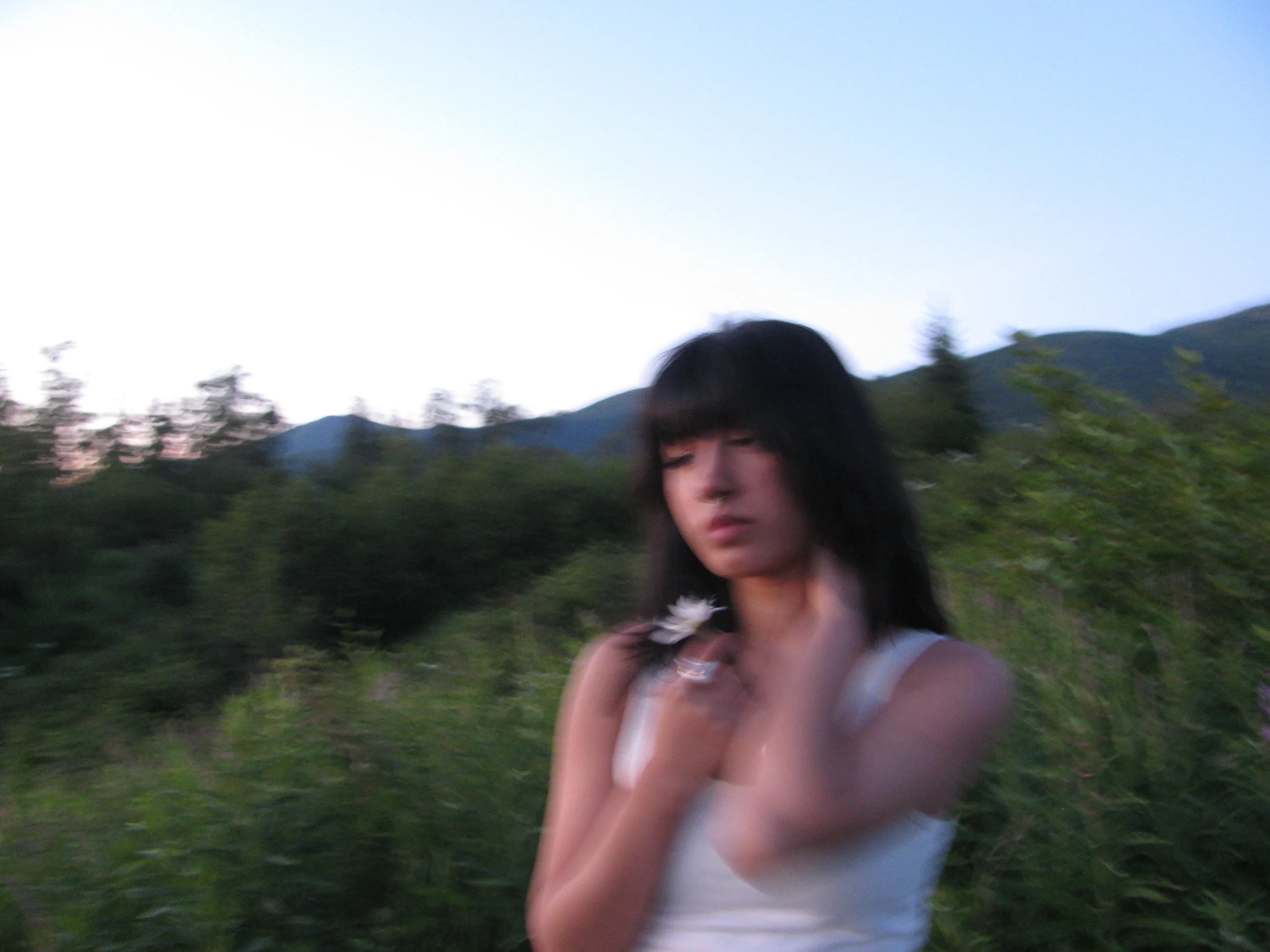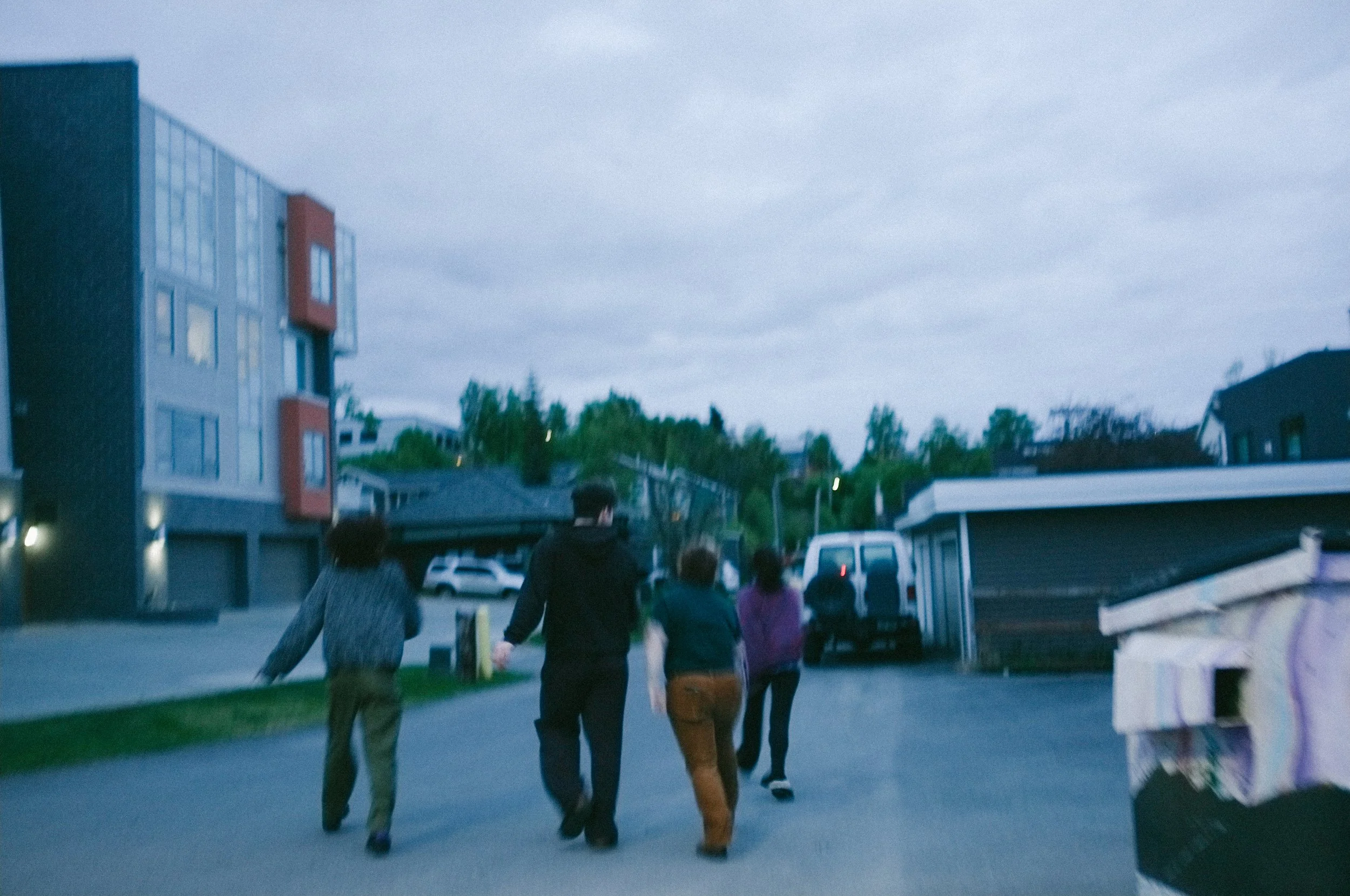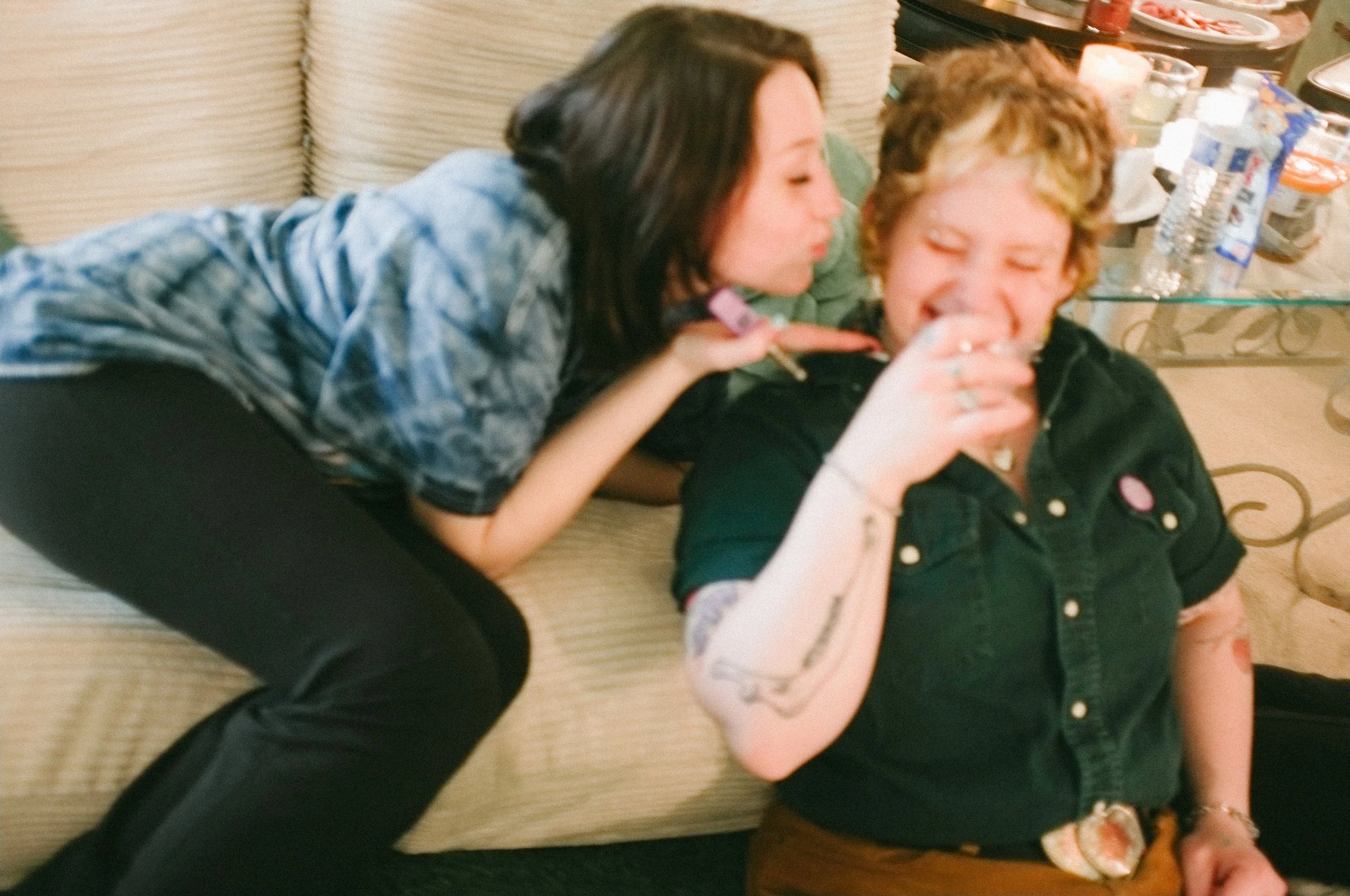Work Collection
Who is Deenju?
Born in the lap of Nepal, Deenju is a girl who goes around trying to create what she can, which mostly stems from her sense of community. She grew up in India, where she was amidst a plethora of cultures all fusing and coexisting in harmony. She was fully immersed in her own cultural roots, and as a person, when she moved back to Nepal, especially to Kathmandu. A small move that changed the trajectory of her life. Then she headed over to the Alaska, which further deepened her sense of self and community. So far, she has worked in various fields, just hoping to find a glimmer of herself in each of the trials and errors that she goes through.
Her first connections in Alaska
beginning of a beautiful new community.
Friends in Alaska
that shaped her life.
Patan
2025
Doors of Nepal
A portal to her culture.

































